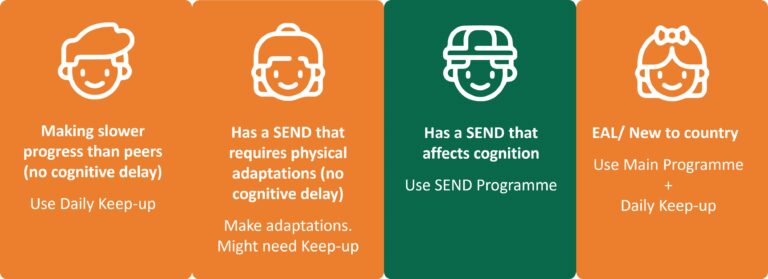One of the finest aspects of the English landscape, be it open countryside, forest or even urban parks is the number and diversity of our trees. Very few children these days can identify trees from their leaves and this activity will help them gain greater knowledge of how trees can be identified through them.
Suitable for: Year 3 to Year 6
Learning Focus:
- Be able to group leaf types and hence trees by the characteristics of their leaves
- Use leaf classification charts to identify common British trees
Activity 1: Developing our own classification chart
Find an area in or near the school grounds which has a good variety of trees – you may want to consider doing this as a mini-school trip, perhaps visiting the local park for the morning.
Get the pupils to collect as many different leaves as they can find – they will mostly be fallen ones but if you have adult helpers with you, they can collect a leaf from the lower branches for the children.
Take the leaves back to school. If you haven’t got many, you can supplement the collection with printed pictures of leaves. Now ask the pupils to group them according to leaf size, how smooth the edges are, how they join the stalk and whether they are shiny or matt. Explain to them that this is a very rough idea of how scientists first decided which family groups different trees belonged to.
With older pupils you may want to name the different leaf forms using vocabulary such as lanceolate, alternate, opposite, whorled or rosulate. See this website for more information:
http://www.botanical-online.com/hojastiposangles.htm
Activity 2: Using classification charts to identify trees
To identify the trees that the leaves came from, ask the pupils to use the classification chart they’ll find at
http://www.shurdington.org/TreeChart.html
On this website they’ll see the leaf shape in close up, see the shape of the tree and, at this time of year, be able to use the fruit identification section to help too. You can either take copies of the chart with you on your visit to the park or use the chart online when you return to the classroom.
As an extension activity, can the pupils tell which trees come from the same family according to their leaf shape and structure?


